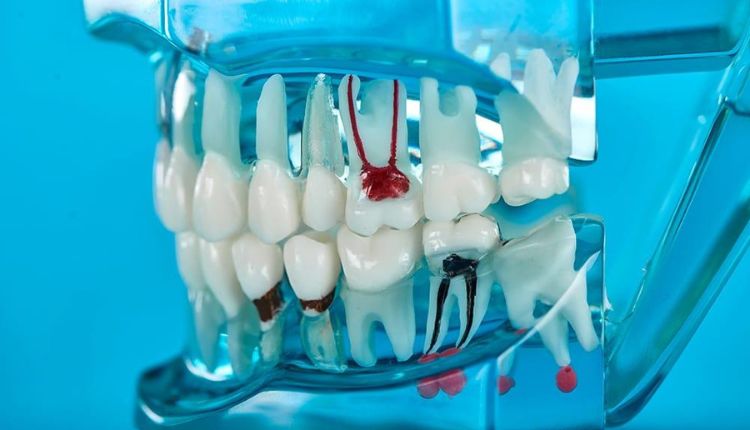Root amputation is a specialized dental procedure that involves the surgical removal of one or more roots of a tooth while preserving the remaining roots and the crown. This complex procedure is typically performed to save a tooth that has been compromised due to decay, infection, trauma, or periodontal disease, and is often considered a viable alternative to tooth extraction. When performed by a skilled and experienced general dentist in Pleasanton, CA, and his expert team of oral surgeons, root amputation can be a highly effective and long-lasting solution for teeth that would otherwise be lost.
In this article, we will explore the reasons for root amputation, the procedure itself, and the benefits and risks associated with it.
Table of Contents
When is root amputation recommended?
Here are some common reasons for root amputation:
- Decay or infection: Decay or infection that has spread to the root of the tooth, making it impossible to save with a filling or crown.
- Trauma: Trauma to the tooth that has caused a root fracture or crack.
- Periodontal disease: Advanced periodontal disease that has damaged the root and surrounding bone.
- Cracked or split roots: Roots that are cracked or split, making it difficult to save the tooth with a crown or filling.
- Failed root canal: A failed root canal treatment that has led to further infection or decay.
- Tooth resorption: Tooth resorption, a process in which the tooth structure breaks down, often due to trauma or infection.
- Periapical cysts or abscesses: Cysts or abscesses that have formed at the tip of the root, causing pain and infection.
- Root curvature: Severely curved Roots, making it difficult to perform a root canal or other treatments.
- Narrow or fragile roots: Roots that are narrow or fragile, making them prone to fracture or breakage.
- Other dental restorations: In some cases, root amputation may be necessary to accommodate other dental restorations, such as a bridge or denture.
How is root amputation performed?
Root amputation is a surgical procedure that involves the removal of one or more roots of a tooth while leaving the remaining roots and the crown intact. Here’s a step-by-step overview of the procedure:
- Anesthesia: Local anesthesia is administered to numb the area and ensure patient comfort.
- Incision: A small incision is made in the gum to access the root.
- Flap reflection: The gum flap is gently reflected to expose the root.
- Root identification: The damaged root is identified and isolated.
- Sectioning: The tooth is sectioned, and the damaged root is separated from the remaining roots.
- Removal: The damaged root is carefully removed.
- Debridement: The area is cleaned and disinfected to remove any bacteria or debris.
- Smoothening: The remaining roots are smoothened to prevent any sharp edges.
- Irrigation: The area is irrigated with saline solution to remove any remaining debris.
- Closure: The gum flap is closed with sutures, and the area is dressed with a periodontal dressing.
- Restoration: A crown or filling is placed to protect the remaining tooth structure.
What are the benefits of root amputation?
Root amputation offers several benefits, including:
- Saving a natural tooth: Root amputation allows you to keep your natural tooth, which is always the best option.
- Reduced risk of infection: Removing the damaged root reduces the risk of infection spreading to other parts of the mouth.
- Relief from pain: Root amputation can provide relief from pain and discomfort caused by the damaged root.
- Improved oral function: The procedure can improve chewing and biting function.
Root amputation is a complex dental procedure that requires skill and expertise. While it carries some risks, the benefits of saving a natural tooth make it a worthwhile option for many patients. If you are considering root amputation, be sure to discuss the procedure with your dentist or oral surgeon to determine if it is right for you.
